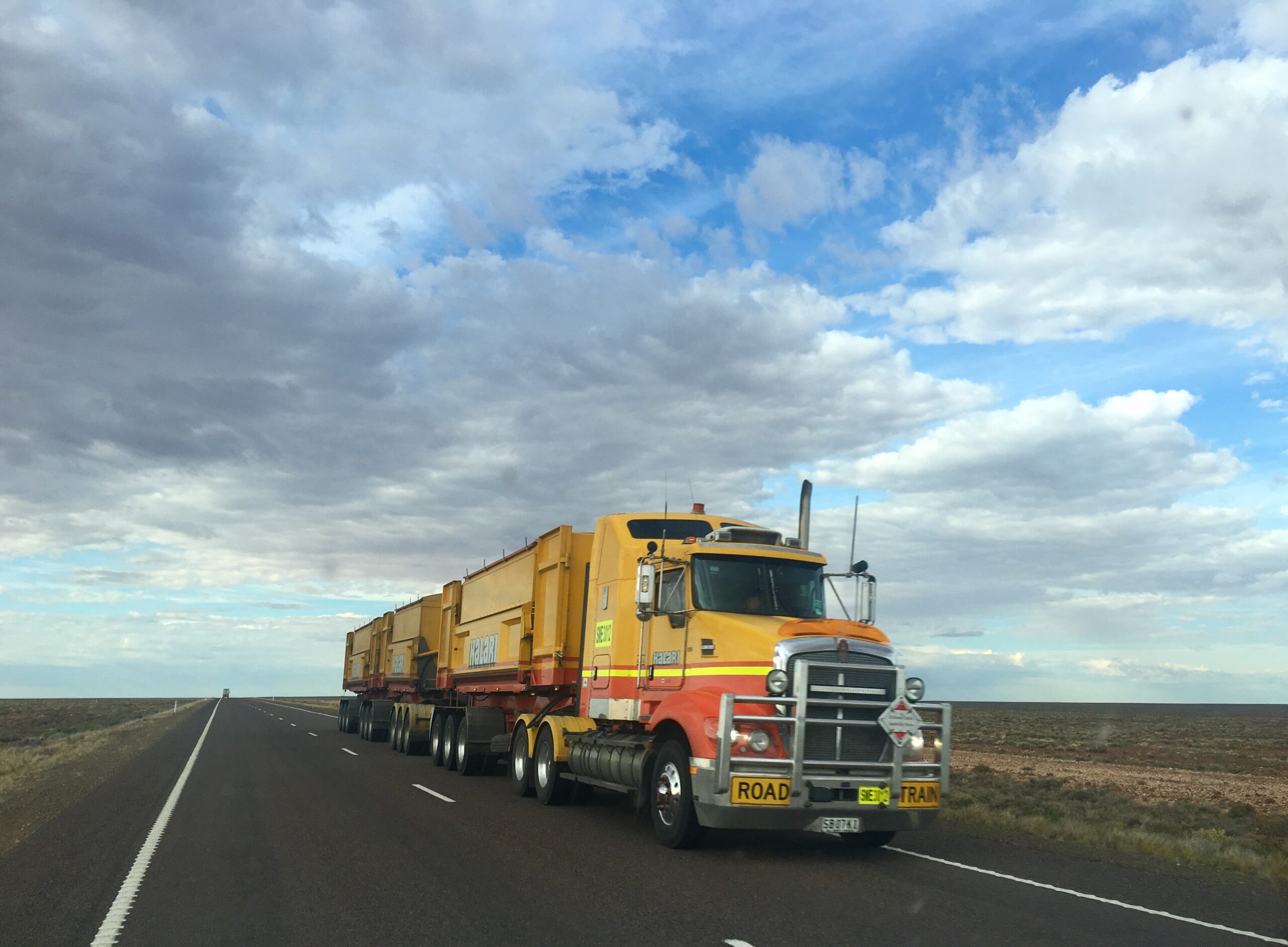
Proving Negligence in Truck Accident Cases: Legal Challenges in Nevada
Navigating the aftermath of a truck accident can be an overwhelming experience, especially when pursuing a personal injury claim. In the state of Nevada, proving negligence in truck accident cases poses unique legal challenges that demand a thorough understanding of the intricacies involved. In this blog post, we will explore the key aspects of establishing negligence in such cases and shed light on the complexities faced by victims seeking justice.
The Foundation: Understanding Negligence
In Nevada, like in many states, negligence is the linchpin of personal injury claims arising from truck accidents. Negligence occurs when a party fails to exercise reasonable care, leading to harm or injury. In the context of truck accidents, this often involves examining the actions of the truck driver, the trucking company, and other potentially liable parties.
Proving Negligence: The Four Elements
Establishing negligence requires demonstrating four key elements:
- Duty of Care: The plaintiff must establish that the defendant owed them a duty of care. In truck accident cases, this typically revolves around the duty of truck drivers and companies to operate their vehicles safely and in compliance with relevant regulations.
- Breach of Duty: It must be shown that the defendant breached their duty of care. This could involve violations of traffic laws, hours-of-service regulations, or other safety standards applicable to the trucking industry.
- Causation: There must be a direct link between the defendant’s breach of duty and the injuries sustained by the plaintiff. This involves demonstrating that the breach was a substantial factor in causing the accident and subsequent harm.
- Damages: Finally, the plaintiff must prove that they suffered actual damages, such as medical expenses, lost wages, pain, and suffering, as a result of the accident.
The Role of Evidence in Nevada Truck Accident Cases
In Nevada, evidence plays a crucial role in establishing negligence. Gathering and presenting compelling evidence may involve:
- Accident Reconstruction: Utilizing experts to recreate the accident scene and determine the sequence of events.
- Driver Records: Scrutinizing the truck driver’s records, including driving history, training, and compliance with regulations.
- Maintenance Records: Examining the truck’s maintenance records to identify any negligence in vehicle upkeep.
- Witness Testimonies: Securing statements from eyewitnesses to corroborate the events leading to the accident.
Comparative Negligence in Nevada
Nevada follows a comparative negligence system, which means that even if the plaintiff is partially at fault, they may still recover damages. However, the amount of compensation is reduced in proportion to their degree of fault. Effectively navigating this system requires a comprehensive understanding of Nevada’s legal landscape.
Conclusion
Establishing negligence in truck accident cases in Nevada is a complex endeavor, demanding meticulous attention to detail and a deep understanding of the state’s legal framework. Victims seeking justice should consult experienced legal professionals who can adeptly navigate the challenges and advocate for their rights in the aftermath of a devastating truck accident.